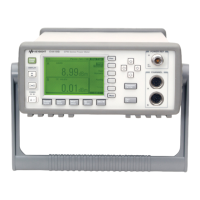1-4 Chapter 1
GSM Use Model
The Fault Finding Process
To help identify which component of the cell site is contributing to
performance problems, a fault finding process is needed. Essentially,
once the radio signal is modulated and transmitted, it is prone to
degradation. The once perfect, error corrected, monitored digital signal,
now has all the characteristics of any analog radio signal. What you
want to do is ensure its transmission path is clear and presents no
barriers that will hinder its performance. Starting at the transmitter,
as indicated in Figure 1-3, you need to check that the correct signal is
being generated.
You then need to ensure that it passes through the various cables and
connectors without degrading its quality. Once transmitted through the
antenna, a clear interference free radio band is required to ensure the
handset receives the signal correctly. Then in reverse, you need to verify
the reception band is clear and the path from the antenna to the
receiver presents no obstacles to the radio receiver equipment, which
will decode the signal and convert it back into digital data.
When troubleshooting, you need to ask yourself a set of basic questions.
The first thing to question is the transmitter operation where the signal
originates. If this is operating satisfactorily, then you need to determine
that intermediate components are not attenuating the signal. Finally,
you need to ensure that maximum power is being transferred into the
antenna feed and array. On the receive side, you again need to ensure
that maximum power is being transferred from the antenna to the BTS.
You also need to ensure that intermediate components do not
over-attenuate the received signal.
Figure 1-3 Fault Finding Process

